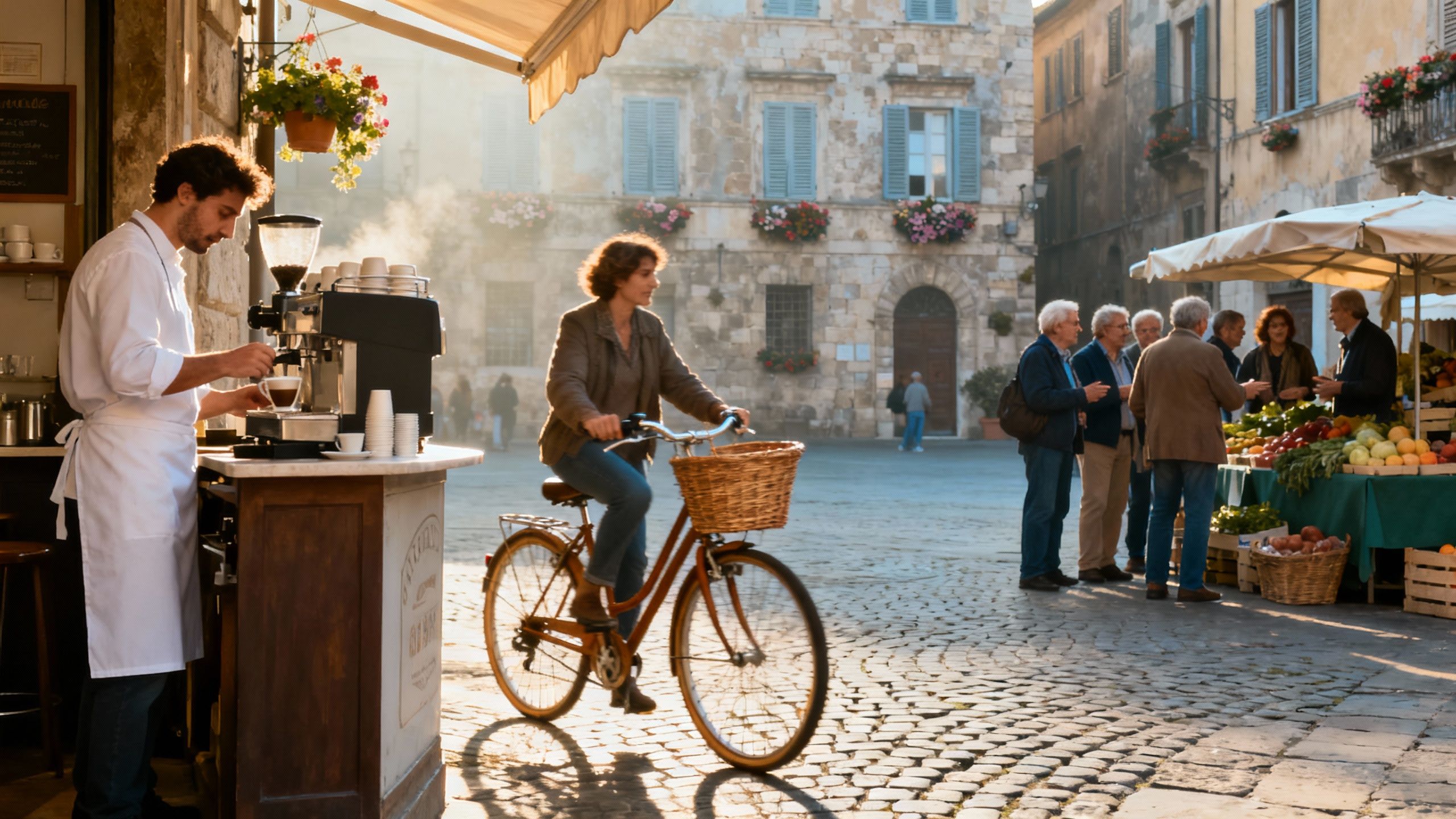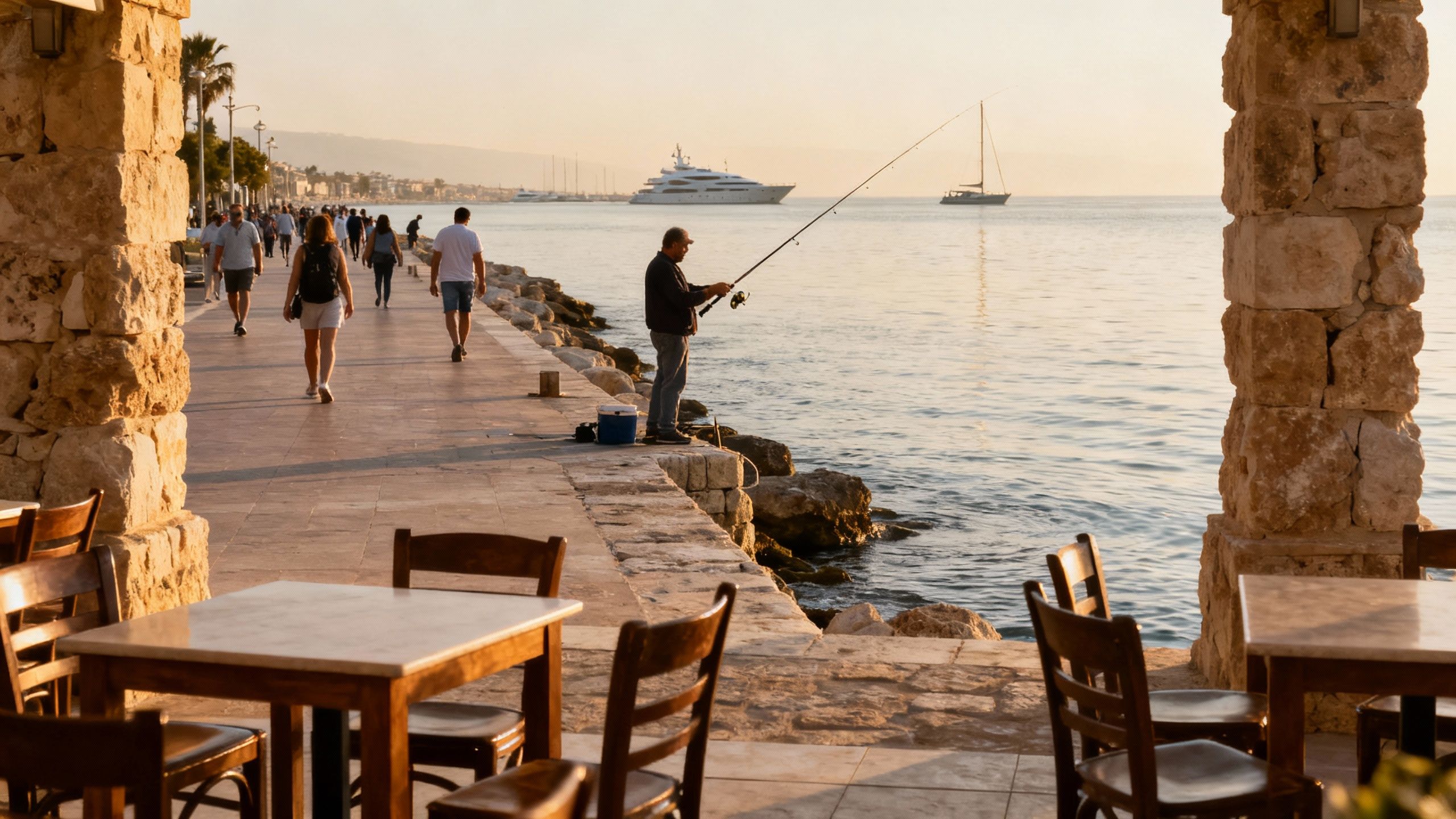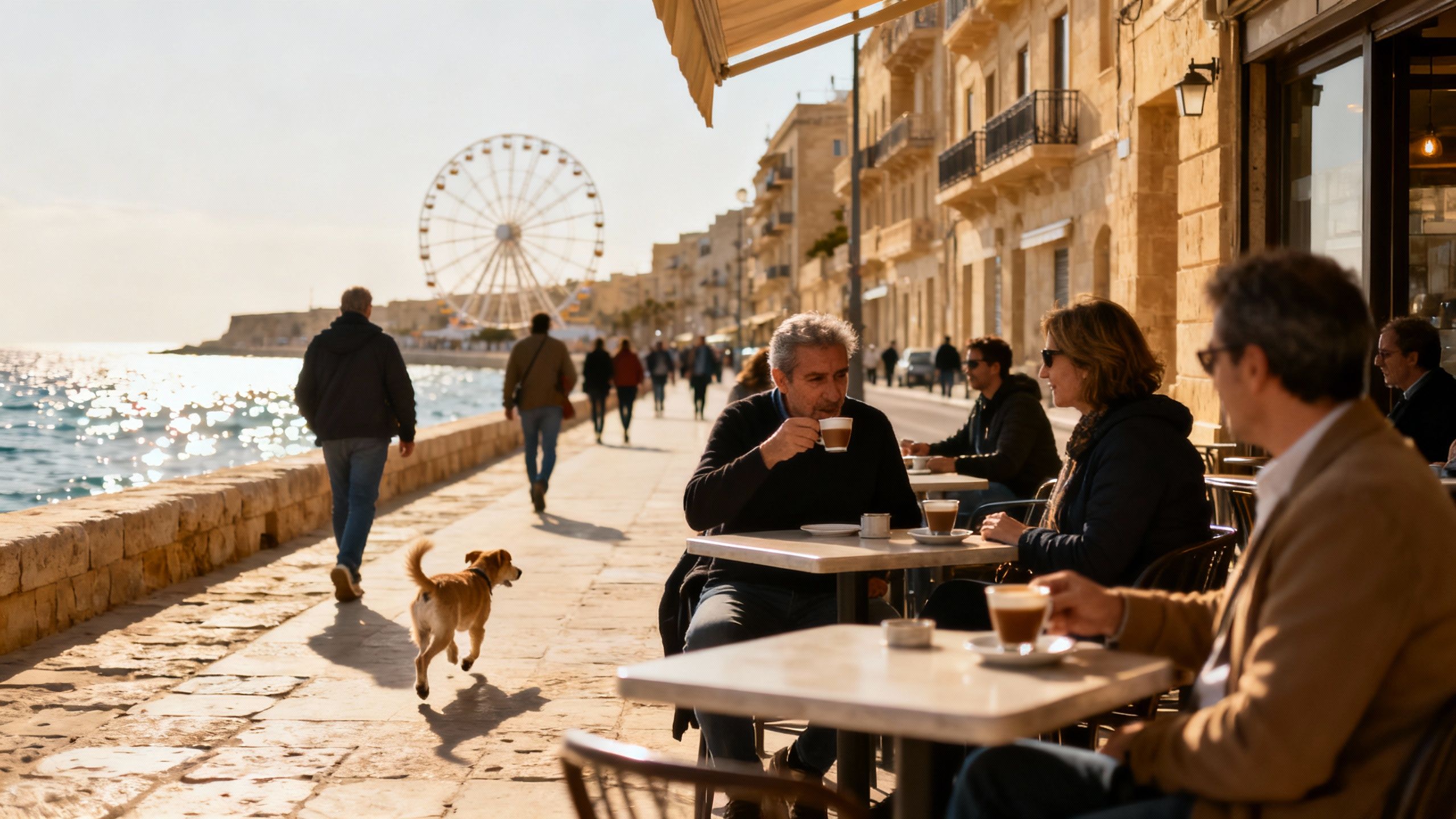Why Croatia’s 'Tourist Premium' Hides Practical Risks
Croatia’s coastal charm hides regulatory shifts—short‑term rental rules and new property taxes are changing returns; buy the life, but insist on documented licences and local comparables.
Imagine sipping an espresso on Split’s Riva as fishing boats return and a band of locals argue quietly about which market stall still has the best sardines. Summer here is immediate—light hitting stone facades, cafés spilling onto sidewalks, island ferries threading blue water. But that summer life overlays a different rhythm for residents: quiet winters, municipal debates about housing, and a property market shaped as much by regulation as by romance.
Living Croatia: daily rhythms and real corners
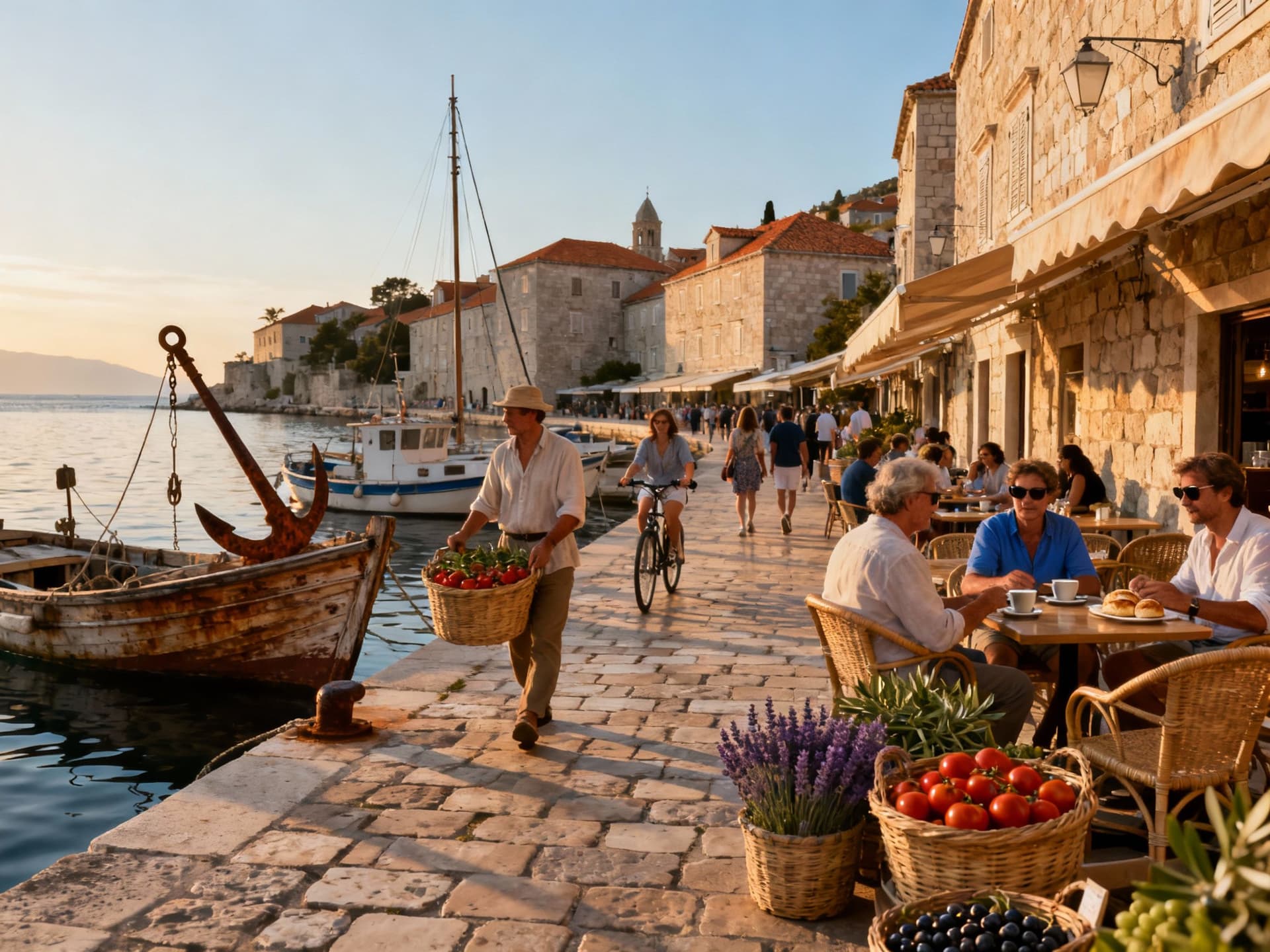
Croatia feels small but varied. In Zagreb, mornings mean bakeries on Ilica and commuters cycling to the embankments. On the Dalmatian coast — Split, Hvar, Dubrovnik — days are organised around tide tables, ferry schedules and restaurant openings. Inland towns like Varaždin or Osijek move at a steadier pace, with markets and town squares holding the social calendar together. Each place has a signature: the narrow lanes of Hvar Town, the coffee culture in Zagreb’s Tkalčićeva, the shellfish stalls at Zadar’s fish market.
Neighborhood spotlight: Split’s Meštrović-to-port strip
Walk from the Gregory of Nin statue toward the ferry terminal and you pass cafés that double as neighbourhood clubs. Apartments above these streets are coveted for walkability: a baker at dawn, a fishmonger at noon, an evening crowd on the promenade. For buyers who want the classic Adriatic life — terrace dinners, quick island hops — these blocks offer instant access to daily ritual, though expect tourist-season premiums and attention to soundproofing and building maintenance.
Food, markets and the island weekend
Croatia’s culinary life is market-led: early fish auctions on the coast, green markets in cities, and family-run konobas on islands. Weekend rituals shape where people buy: families seek flats near good markets; second-home buyers choose islands for quiet summers. Recent EU and national moves to regulate short-term rentals are shifting how market demand translates into neighbourhood life, reducing the summer-only turnover in some hotspots and nudging properties toward year-round residency.
- Lifestyle highlights: real places and real routines
- Morning espresso on Tkalčićeva, Zagreb
- Fish market browse at Zadar’s Foša
- Island ferry trips from Split to Hvar or Brač
- Walkable Old Town apartments in Dubrovnik (limited supply)
Making the move: where lifestyle meets disclosure
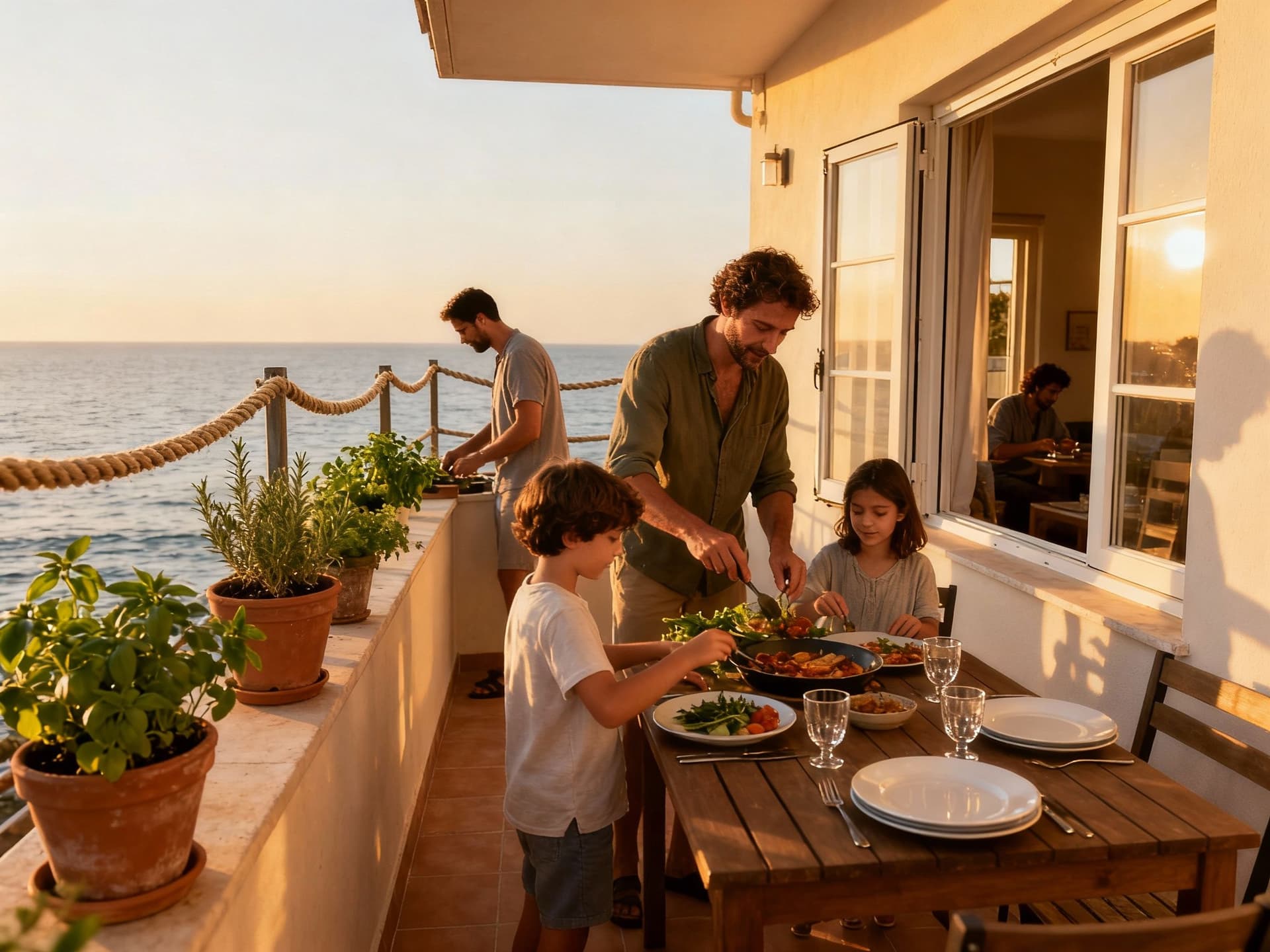
The dream — a sea-view terrace and weekend island hopping — is attainable but not free of friction. Market transparency in Croatia has improved: the EU’s short-term rental data rules and national debates have exposed previously informal practices. Still, buyers need to translate lifestyle preference into specific checks: license status for tourist lets, neighbour consent rules for condominiums, and municipal quotas that can shut down future tourist licences in Old Town areas.
Property styles and what they mean for living
Stone townhouses require masonry know‑how and often renovation permits tied to heritage rules. Modern coastal apartments offer easy maintenance but come with higher purchase prices and association rules. Inland family homes give more space per euro but fewer services. Match the property type to the life you plan to live: low-maintenance flat if you’re seasonal; restored stone house if you want a full-time Croatian life and can manage periodic works.
Work with local experts who respect the lifestyle
Choose agencies that know municipal rules in Split, Dubrovnik and smaller islands. A good local agent will flag neighbour-consent needs for short-term rentals, the existence of municipal moratoria and whether a listing’s licence is transferable. Ask for comparable recent sales on the street, not just the neighbourhood — that’s where value and risk reveal themselves.
- Practical steps blending life and compliance
- Request written confirmation of any tourist licence and check municipal registers.
- Ask for a line-by-line account of annual charges, including new property taxes or municipal levies.
- Have an architect assess renovation permissions where heritage façades apply.
- Confirm co-ownership consent rules in the building (80% neighbour rule may apply for short-term rentals).
Insider knowledge: where transparency still hides risk
Some risk areas are practical, not theoretical. Municipal moratoria in Dubrovnik and stricter municipal oversight can remove expected rental income overnight. Tax adjustments announced in 2024–25 aim to shift burdens toward property and tourist units, altering net returns for investors. These policy moves reflect a political intent to restore residential life in tourist centres — a social aim that translates into stricter compliance for those expecting unchecked short-term revenue.
Cultural and procedural red flags
Watch for these common issues: licences shown as 'verbal agreements' rather than documented; boundary disputes on island properties where maps differ; and sellers who omit recent applications for tourist licences. These are solvable but require clear documentation. Don’t accept verbal assurances about transferability of permits — insist on paperwork and municipal confirmations.
Market snapshot and what it means: prices have risen materially on the coast and in Zagreb, while transaction volumes have shown signs of moderation. That dynamic creates both urgency and opportunity — urgency because desirable units still command premiums; opportunity because negotiation room appears in off-season and in less-touristed towns. Use current price indices to benchmark offers and insist on recent sale comparables for the same street.
- Red flags checklist when viewing a property
- Absence of a written tourist licence or municipal confirmation
- Unclear ownership structure or unregistered building extensions
- Missing neighbour-consent documentation for rental operation
What expats wish they'd known
Expats frequently tell the same story: they fell for the view, then discovered seasonal utility costs, municipal rules and neighbour dynamics. The practical correction is simple — budget for winter life and local services, verify licencing before making offers, and accept that some neighbourhoods are seasonal by design. Those who integrate slowly — renting nearby first, learning local schedules and services — avoid the common disappointments.
Conclusion: how to keep the romance and reduce the risk
If you love Croatia’s light and pace, buy with both senses and spreadsheets. Prioritise documented licences, up-to-date comparables and a local advisor who understands municipal practice in the exact town you favour. When lifestyle and legal clarity align, the purchase becomes less a gamble and more a chosen life — terrace dinners included.
Swedish expat who moved from Stockholm to Marbella in 2018. Specializes in cross-border legal navigation and residency considerations for Scandinavian buyers.
